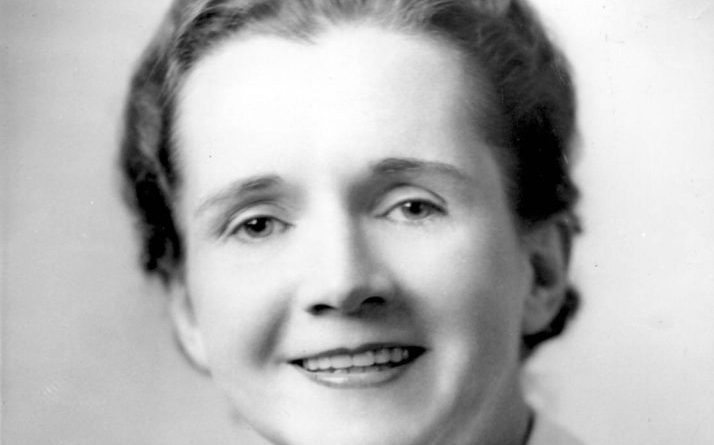Rachel Carson: A spark for the environmental justice movement
Photo by US Fish and Wildlife Service Headquarters/CC by 2.0
Article by Hannah Klaus
On Wednesday November 30th, environmentalists, politicians, writers, and activists gathered to celebrate the 75th anniversary Rachel Carson’s first environmental writing, when her book Under the Sea-Wind, was published. The event, A Sense of Wonder: The National Rachel Carson Jubilee and Civic Colloquium program, was put on by the Rachel Carson Council, which is an environmental organization that continues the work of Rachel Carson. Speakers at the event included many award winning authors, congress people, and environmental leaders that called for forward-thinking environmental agenda that continues Rachel Carson’s legacy (4).
Rachel Carson is best known for her 1962 publication, The Silent Spring, which warned of the human health and environmental threats of chemical pesticide use, particularly the use of DDT. Many credit Rachel Carson with sparking with modern environmental movement with this publication. Throughout her life, Rachel Carson posed the following questions to the public: Do humans have the right to control nature? What right does the public have to know about environmental issues? This sort of forward thinking about the human perception of and interaction with the environment strongly influenced the ideology of the modern environmental movement such that people are demanding to know how the environment is degraded and by whom. Her writing, which paired scientific evidence with the calls to protect human health and the environment, rang some of the first cries for environmental justice in the twentieth century (1,2)
Since Carson’s time, many other publications on pressing environmental issues, such as climate change, have captured public attention as well, but never with as wide reaching success. In 2012 article in the New York Times, Eliza Griswold argues that books on climate change have not had comparable influence on public thought because of the partisan divides that have dominated the climate world since Carson’s time (2).
Today, the Rachel Carson Council works to address today’s sustainability issues while focusing on the connections between environmental, public health, and sustainability issues. They take an environmental justice approach to their work, in which they actively engage those who are most significantly impacted by environmental issues. The Council currently focuses their work in Washington D.C., North Carolina, Maryland, and Pennsylvania (1).
The major call to action from the event was for groups and organizations with a focus on the environmental justice movement to come together and organize despite a challenging political climate.
- “About Rachel Carson – Rachel Carson Council.” Rachel Carson Council. Accessed November 30, 2016. http://rachelcarsoncouncil.org/about/about-rachel-carson/.
- Griswold, Eliza. “How ‘Silent Spring’ Ignited the Environmental Movement.” The New York Times. September 22, 2012. Accessed November 30, 2016. http://www.nytimes.com/2012/09/23/magazine/how-silent-spring-ignited-the-environmental-movement.html.
- Lear, Linda. “Rachel Carson, The Life and Legacy.” Rachel Carson, The Life and Legacy. Accessed November 30, 2016. http://www.rachelcarson.org/.
- “Rachel Carson 75th Anniversary Jubilee Celebration and Colloquium – Rachel Carson Council.” Rachel Carson Council. Accessed November 30, 2016. http://rachelcarsoncouncil.org/rachel-carson-75th-anniversary-jubilee-celebration/.

